What types of chips are commonly used in wifi smart door locks?
With the continuous development of Internet of Things technology, smart home devices have gradually entered people's lives. Among them, WiFi smart door locks are an important part of home security. Their stability and performance critically depend on the type of chip used. In this blog, let’s take an in-depth look at the main chip types often used in WiFi smart door locks.
ESP8266 series chips:
ESP8266 is actually a WIFI chip launched by Espressif. Some domestic IoT companies have developed many WIFI modules based on Espressif's ESP8266 chip. Most of these WIFI modules are named with ESP8266 as the prefix, so we usually use ESP8266 to refer to it. ESP8266WIFI module.
The commonly used ESP8266WIFI module is developed by the domestic Essence Company. There are dozens of ESP8266WIFI modules developed by Essence Company, which are divided into three series: ESP-01, ESP-07, and ESP-12. Each series contains different suffixes. The main chips of dozens of WIFI modules from Escinco are Espressif's ESP8266. The main differences between different models are the size of the module, the number of IO ports, and the Flash capacity. Some Flash is 8Mbit and some is 32Mbit.
To sum up, ESP8266 is a WIFI module. Through this WIFI module, our smart home devices can realize the networking function.
Practical use of ESP8266 in real life
As a WiFi module chip launched by Espressif Information Technology Company, the ESP8266 series is popular for its low cost and stable performance. Many WiFi smart door locks use the ESP8266 chip to connect to the home WiFi network and achieve remote control through cloud services.
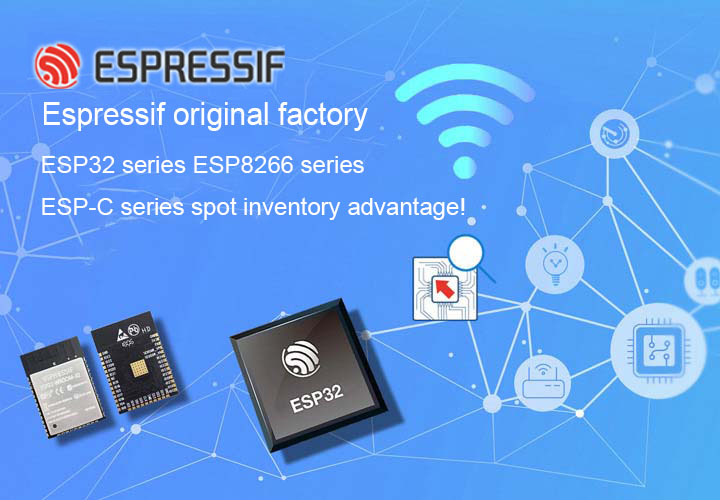
Figure1-ESP8266
STM32 series chips:
The STM32 series is based on the ARM Cortex-M0, Cortex-M1, Cortex-M3, Cortex-M4, Cortex-M7, etc. specially designed for embedded applications that require high performance, low cost, and low power consumption. Among them, Cortex-M0 focuses on low power consumption and mixed-signal processing. M3 is mainly used to replace ARM7, focusing on the balance of energy consumption and performance, while M7 focuses on the field of high-performance control computing.
STM32 is a microcontroller that comes with various common communication interfaces, such as USART, I2C, SPI, etc. It can be connected to a lot of sensors and can control many devices. The STM32 series of chips launched by STMicroelectronics are widely used in the field of embedded systems. In real life, STM32 is used in many electrical products we come into contact with, such as smart bracelets, micro quadcopters, balancing cars, mobile POST machines, smart rice cookers, 3D printers, etc. By integrating the STM32 chip, the WiFi smart door lock can achieve more powerful processing capabilities and more flexible application development, while ensuring the stability and reliability of the system.
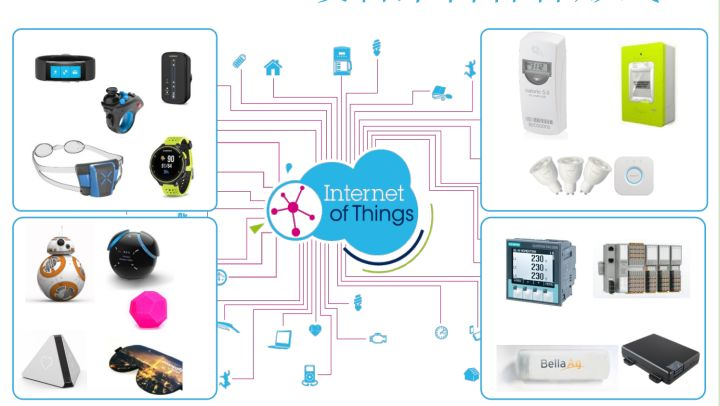
Figure2-ESP8266
NXP i.MX series chips:
NXP released a processor that attracted much attention as soon as it came out. This is the i.MX 8M Plus, the first in the i.MX series of processors to integrate a dedicated neural processing engine (NPU). NXP officially positions this processor as "capable of realizing advanced machine learning inference at the edge in fields such as industry and the Internet of Things." In NXP's subsequent related publicity, it also emphasized that the i.MX 8M Plus processor can achieve industrial-edge applications involving machine learning and intelligent vision. However, the actual situation is that the product and industry applicability of i.MX 8M Plus is not limited to this. Its powerful performance and configuration can exert maximum value in fields such as smart medical care, smart transportation, and industrial automation. In particular, the i.MX series of chips has performed well in the smart home field, and its powerful graphics processing and security features make it an ideal choice for WiFi smart door locks. These chips can support advanced encryption algorithms and enhance the security of the door lock system.
TI CC3220 series chips:
Texas Instruments CC3220 series chip is a low-power WiFi chip designed for Internet of Things applications. WiFi smart door locks use this series of chips to provide high performance while reducing power consumption, extending battery life, and improving device availability.
To sum up, WiFi smart door locks usually consider factors such as cost, performance, power consumption, and security when selecting chips. Different manufacturers choose different chip types based on their product positioning and performance requirements to stand out in the market competition. In the future, with the continuous innovation of technology, the application of new chips will further promote the development of WiFi smart door locks and provide users with a smarter and safer home experience.

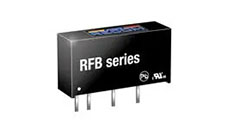 DC-DC converter RFB-0505S: Specification,Datasheet,Features and Applications6/13/2024 543
DC-DC converter RFB-0505S: Specification,Datasheet,Features and Applications6/13/2024 543The RFB-0505S is a DC-DC converter from RECOM Power, Inc., belonging to the RFB Series. It features a Single In-Line Package (SIP7) and provides a single unregulated output. This converter offers 1 watt of power with an output voltage of 5V and is rated for an isolation voltage of 1kV.
Read More >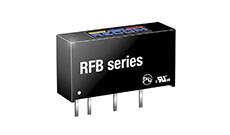 Understanding the RFMM-0505S DC-DC Converter: A Comprehensive Guide6/4/2024 708
Understanding the RFMM-0505S DC-DC Converter: A Comprehensive Guide6/4/2024 708In the world of electronics, ensuring efficient power management is crucial for the performance and reliability of devices. One of the key components in achieving this is the DC-DC converter. Today, we dive into the specifics of the RFMM-0505S DC-DC converter, exploring its features, applications, and benefits.
Read More >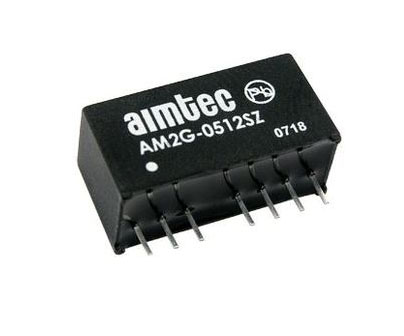 12V DC-DC Converter AM2G-0512SZ: Specifications, Datasheet, Applications and Features6/3/2024 636
12V DC-DC Converter AM2G-0512SZ: Specifications, Datasheet, Applications and Features6/3/2024 636A DC-DC converter is an essential electronic device to convert a direct current (DC) source from one voltage level to another. These converters are widely employed in various applications, including portable electronic devices, automotive systems, and renewable energy installations.
Read More >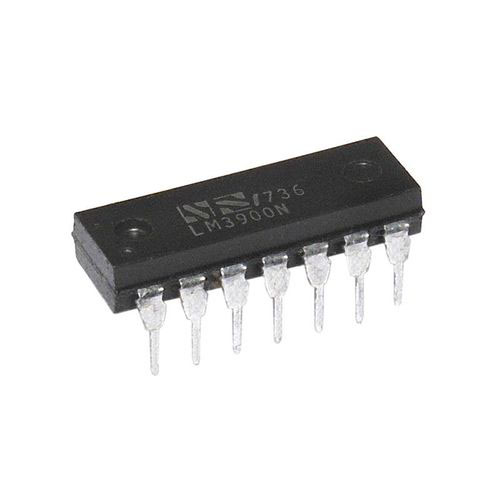 What is LM3900 Quadruple Norton Operational Amplifier?5/30/2024 1282
What is LM3900 Quadruple Norton Operational Amplifier?5/30/2024 1282The LM3900 consists of four independent dual-input internally compensated amplifiers. These amplifiers are specifically designed to operate on a single power supply voltage and provide a large output voltage swing. They utilize current mirrors to achieve in-phase input functionality. Applications include AC amplifiers, RC active filters, low-frequency triangle waves, square wave, and pulse waveform generation circuits, tachometers, and low-speed, high-voltage digital logic gates.
Read More >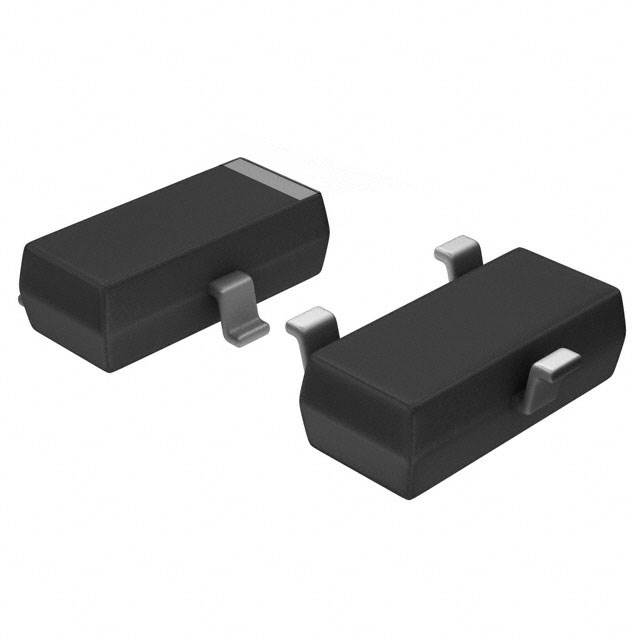 Exploring the MMBT3906 Transistor: A Comprehensive Guide5/24/2024 907
Exploring the MMBT3906 Transistor: A Comprehensive Guide5/24/2024 907The goal of the Taiwan Semiconductor MMBT3906 PNP Bipolar Transistor is to provide a high surge current capability with minimal power loss. This transistor is perfect for automated installation and has high efficiency.
Read More >














